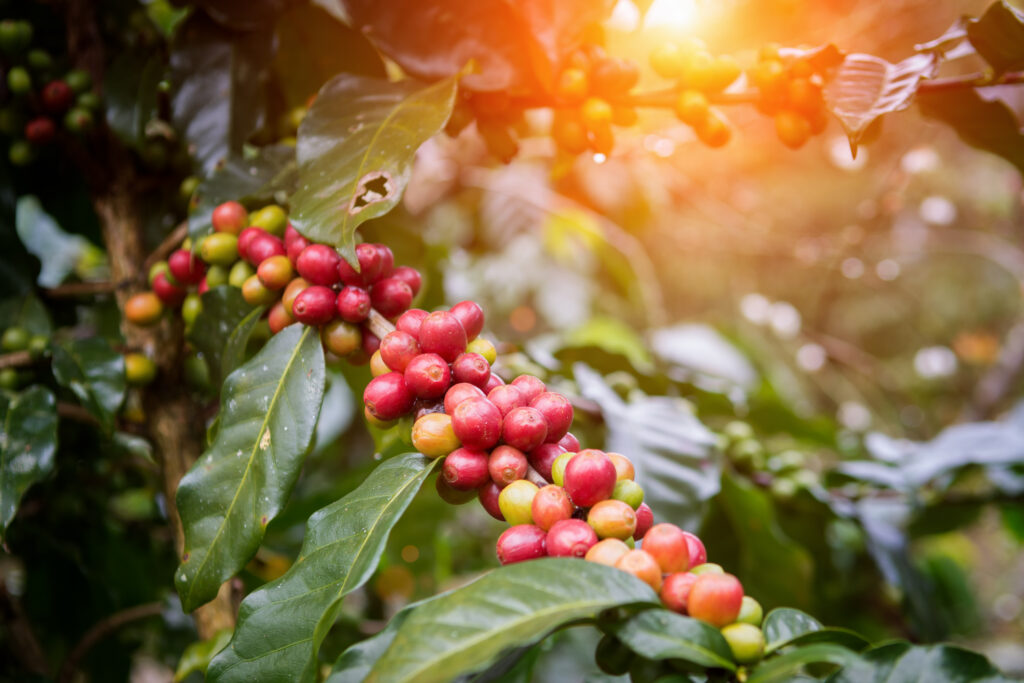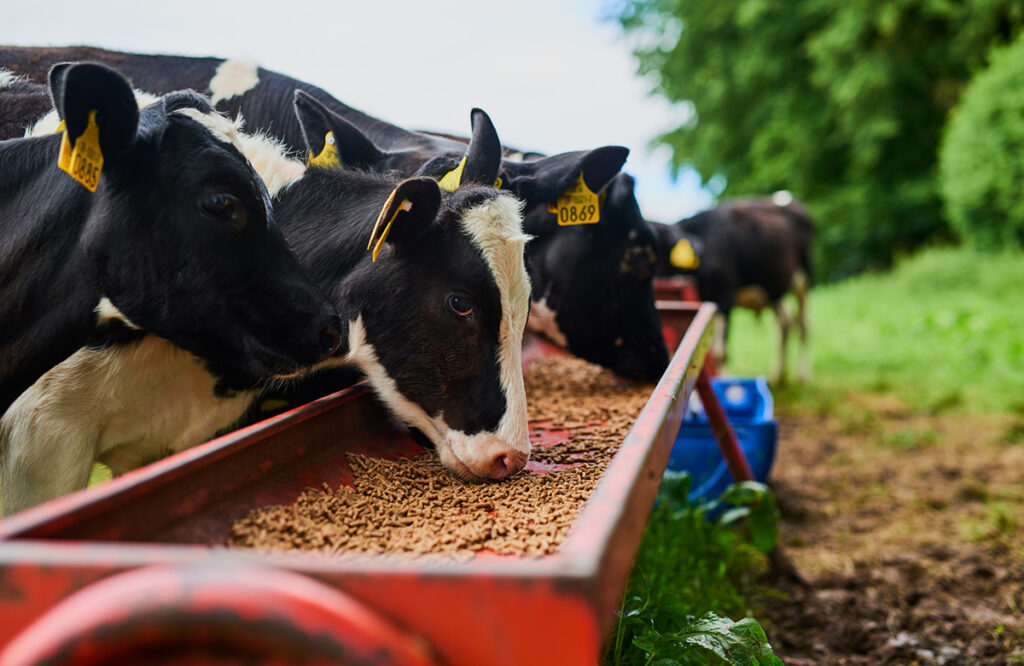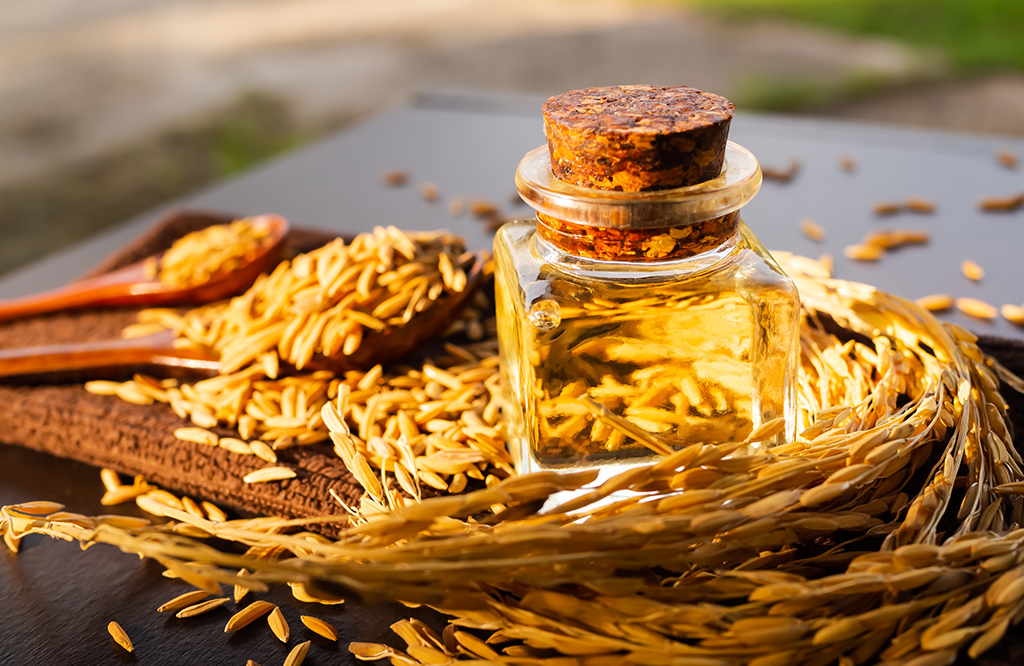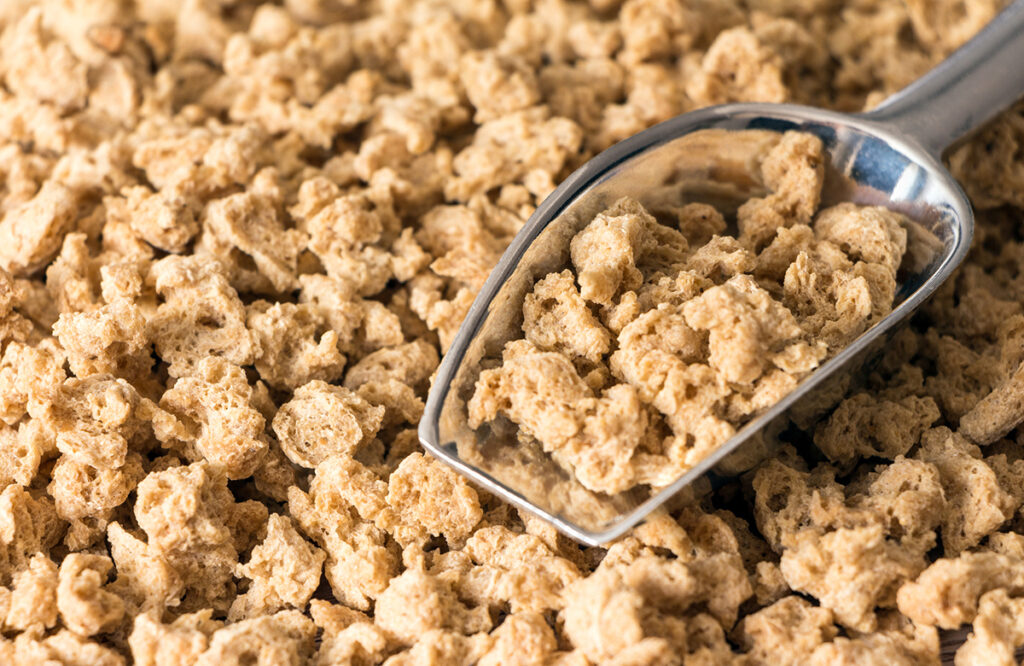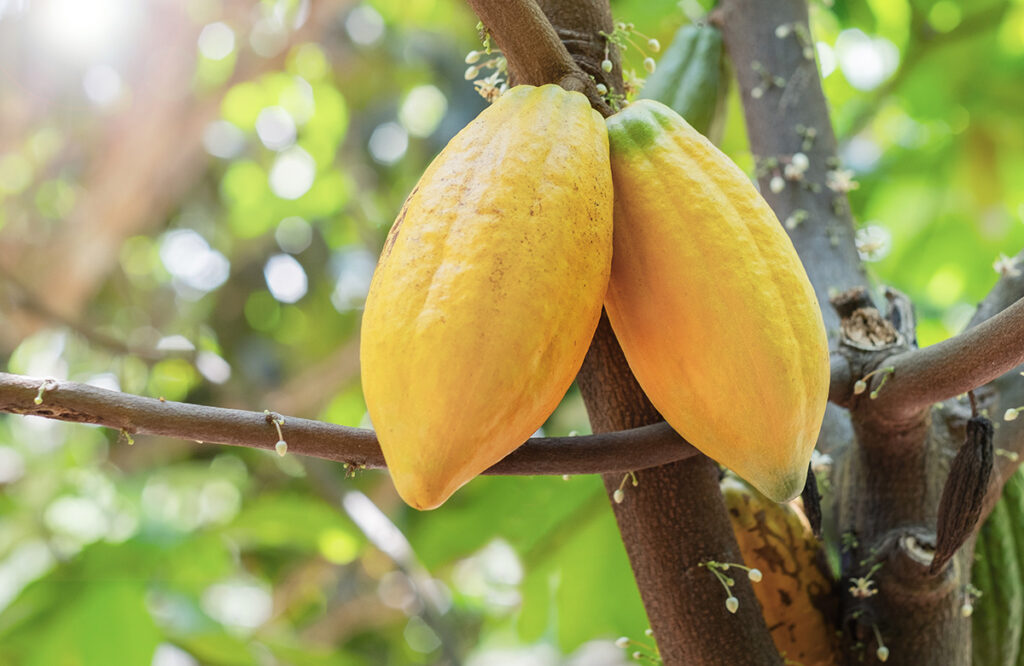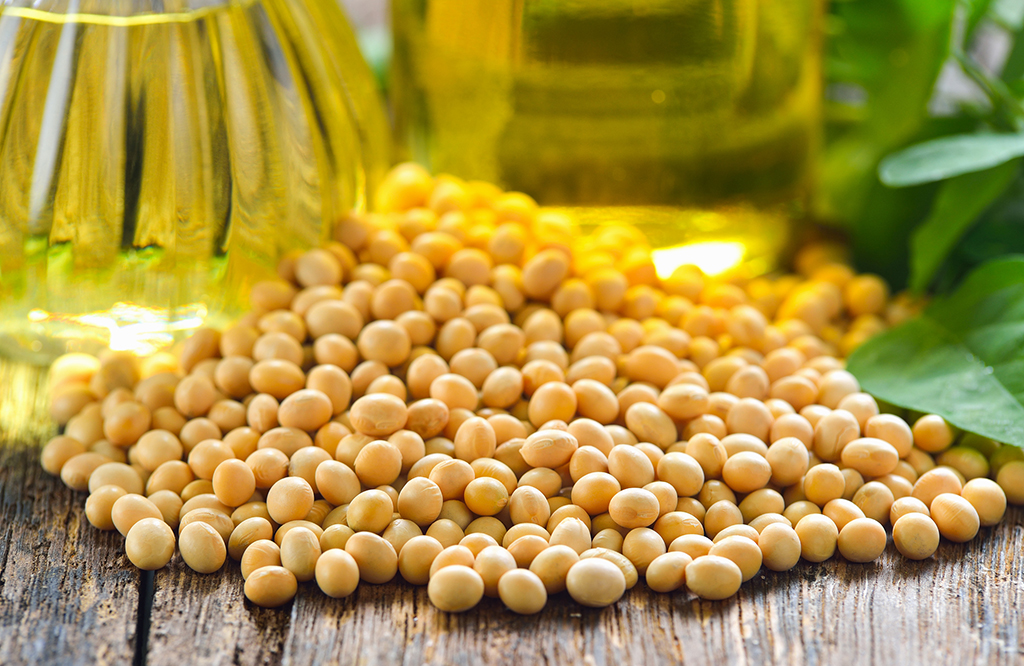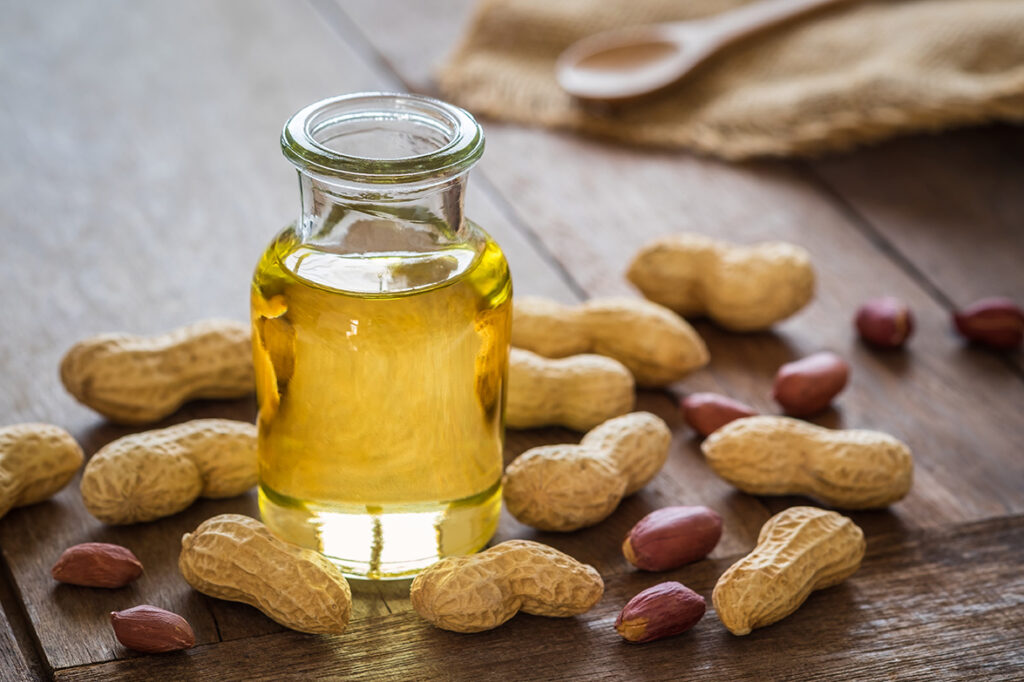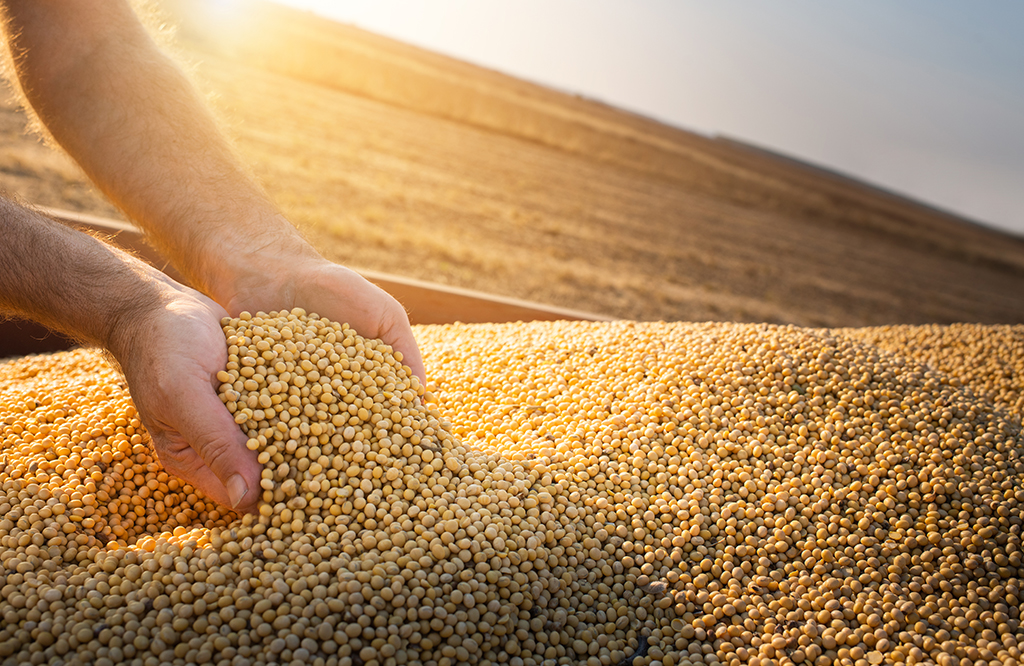Marketed by some as the best part of waking up, coffee is a crucial ingredient in the morning routines of many people around the world. While most of the global coffee supply ends up ground and brewed to create the classic breakfast beverage, the unique properties of the bean and the oil it contains give…
Benefits Beyond Brewing: The Value of Coffee Bean Processing
